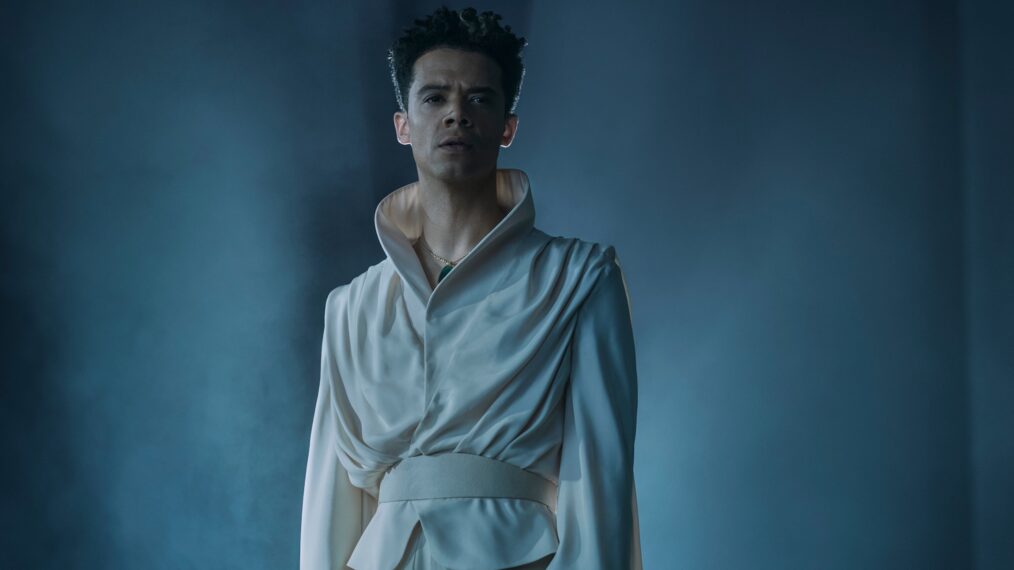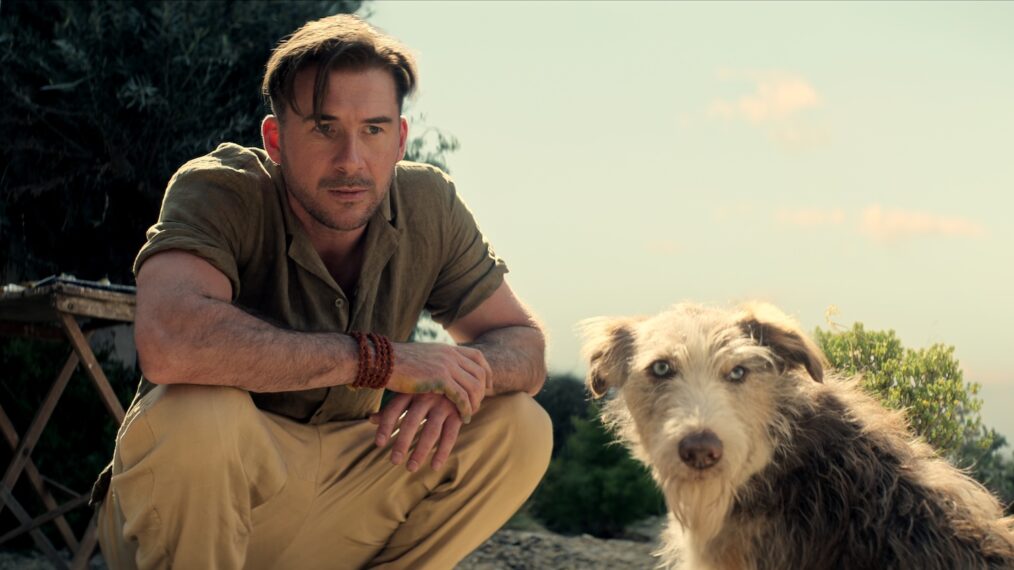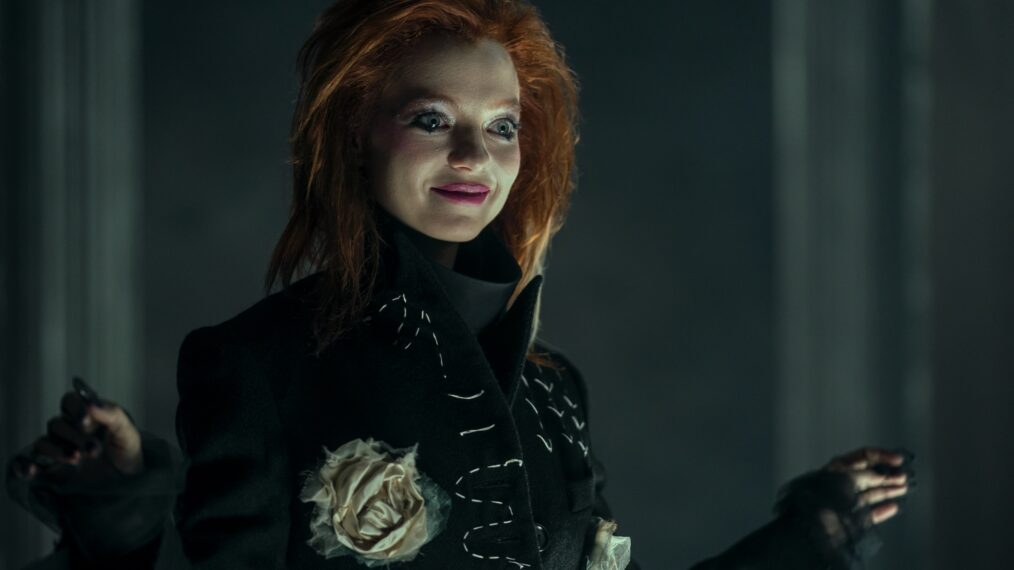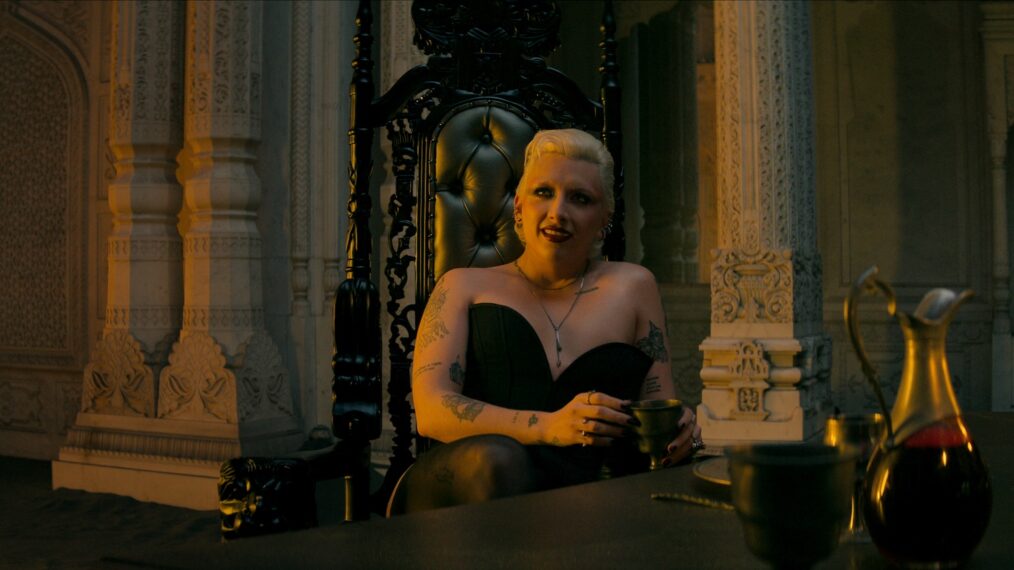9 Lingering Questions From ‘Sandman’ Season 2 That Keep Us Up at Night
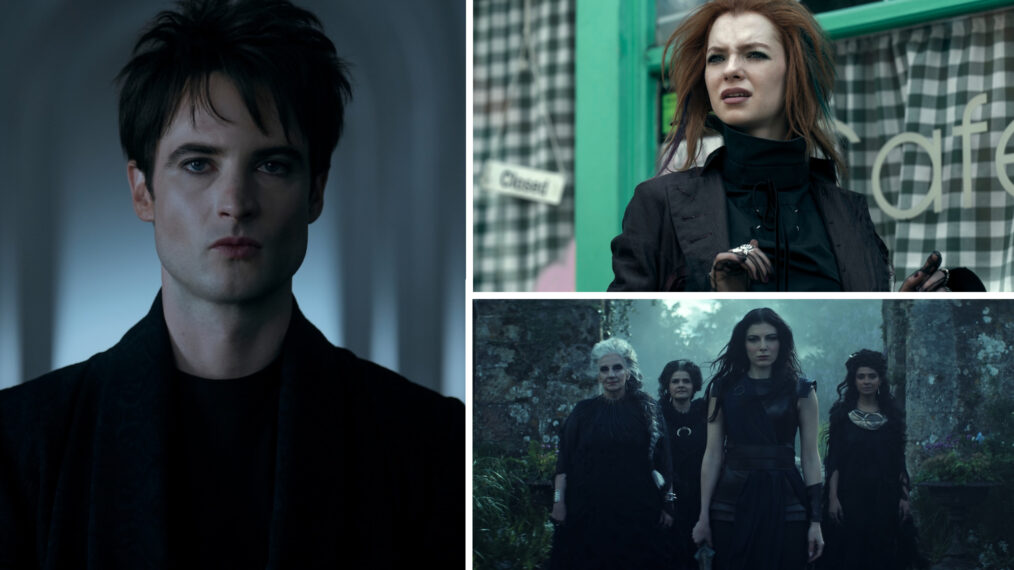
Spoiler Alert
Dream (Tom Sturridge) was the Prince of Stories, and sadly, his story is over now.
In the final episode of Netflix’s Sandman, Dream — aka Morpheus, aka the Lord of the Dreaming, aka Shaper of Form — dies. By taking the life of his son Orpheus (Ruairi O’Connor) in a mercy kill, he spills family blood, a forbidden act among the Endless and one that requires him to end his existence. He willingly takes his sister Death’s (Kirby Howell-Baptiste) hand and dies, and in doing so, transfers his being to Daniel Hall, the only being ever conceived in the Dreaming. The act forces the infant to age into adulthood immediately and become the new Dream (Jacob Anderson).
A wake is held to honor Morpheus, as those who loved him pay tribute and each of his brothers and sisters gets a chance to speak. In the end, they welcome the new Dream with open arms, and in doing so, welcome change and move forward with a new Dream.
With it very unlikely there will be a Season 3, Season 2 was a fond farewell to characters that took decades to bring to the small screen — or any screen, for that matter. But with that farewell, there were quite a few questions left unanswered. (Please note that this does not include the bonus episode focusing on the character Death, played by Howell-Baptiste, titled, “The Sandman Presents: Death: The High Cost of Living.”)
Here are a few lingering questions we have that keep us up at night.
The Sandman, Season 2, Netflix

Tom Sturridge

Gwendoline Christie
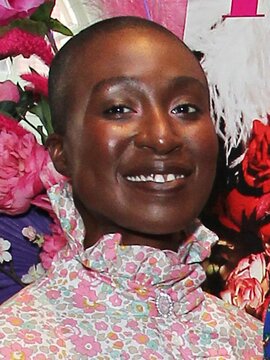
Vivienne Acheampong

Boyd Holbrook
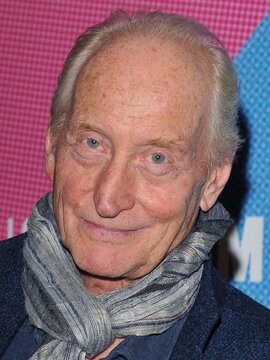
Charles Dance
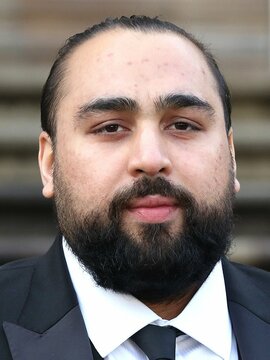
Asim Chaudhry
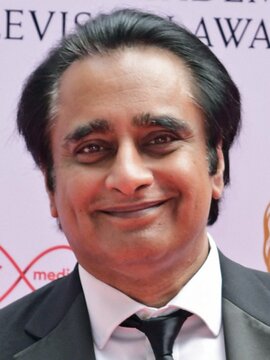
Sanjeev Bhaskar

Kirby Howell-Baptiste

Mason Alexander Park

Donna Preston

Jenna Coleman

Niamh Walsh

Joely Richardson

David Thewlis

Kyo Ra

Stephen Fry

Razane Jammal

Sandra James-Young
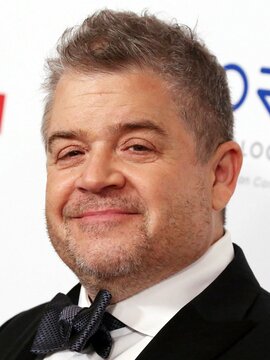
Patton Oswalt

Mark Hamill
⨁Full Cast & Crew


